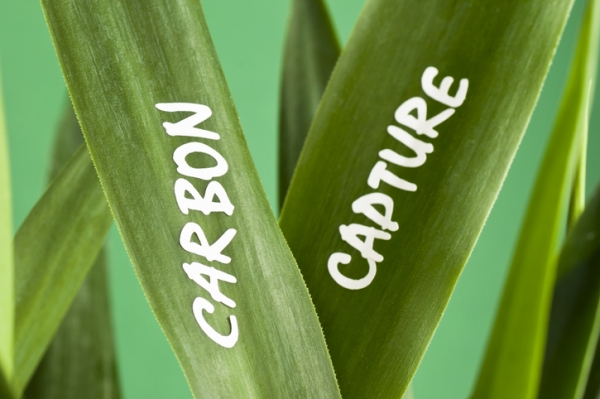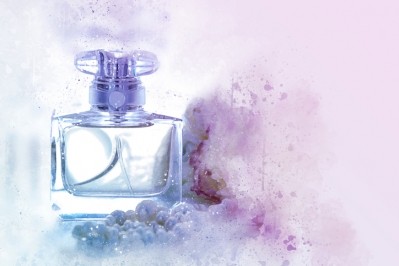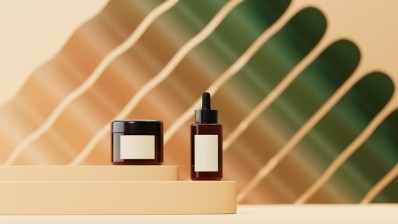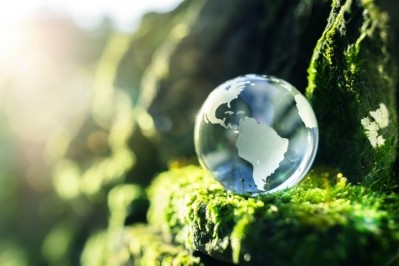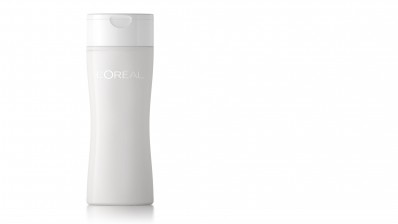ADF&PCD Paris 2020
Carbon capture: The sustainable future of beauty packaging?
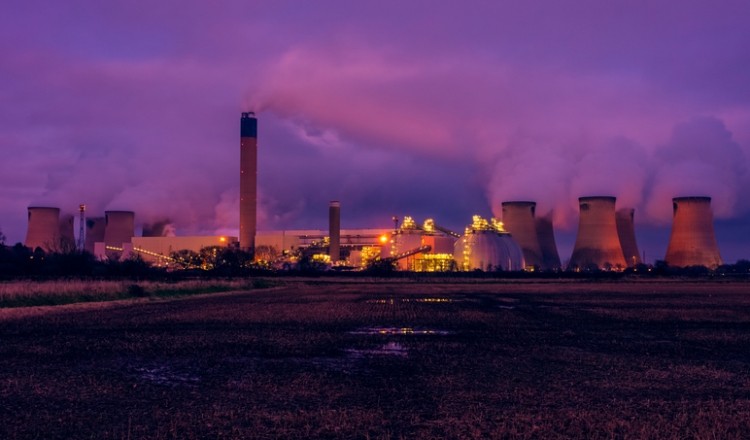
Numerous beauty brands have invested in reduce, reuse and recycle initatives – TerraCycle has partnered with several companies on return and refill programmes; major brands have pledged to eradicate virgin plastic; and beauty stores have pushed ‘naked’ cosmetics and bulk buy concepts.
But Monique Large, founder of trend consultation firm Pollen Consulting, said more had to be done to tackle the reality of the current climate crisis and align with rising demands from the increasingly influential Generation Z (currently aged under 24 years old).
Addressing attendees at ADF&PCD and PLD 2020 in a PCD Talks session today, Large said: “I use design fiction or speculative design to question the possible future and to facilitate discussions to raise awareness about how we want to shape our future tomorrow.
“Design fiction always starts with this embarrassing question: what if? What if Generation Z turns away from packaged beauty products? Several hints indicate that it will probably be the end of business as usual in the beauty industry,” she said.
Greta Thunberg and eco-anxiety
Gen Z consumers, Large said, were increasingly turning to DIY beauty – selecting, buying and mixing raw materials to create their own products at home – largely driven by environmental concerns.
“This is personified by Greta Thunberg, of course part of Generation Z. You can easily imagine that Greta doesn’t use any cosmetic products, as she also avoids taking the aeroplane for her travels. People who follow her reject this consumerist aspect of the cosmetic industry; they have more urgent things to do on this planet.”
Of course, she said this wasn’t the case for the entire generation but what every Generation Z consumer had in common was a “fear of the future”.
“Young people are dealing with eco-anxiety; it’s a really big issue,” she said. “So, brands have to really work on new ways to address this issue, because the three common ways – reduce, reuse, recycle – are probably too slow to keep our global warming under the 2%.”
Carbon catching an estimated $6 trillion market
Large said there were new technologies emerging that held promise for beauty, notably carbon catching. “Carbon catching is emerging, but it’s estimated to be a $6 trillion market so it’s something really huge that’s coming.”
Carbon capture – the process of taking CO2 from the atmosphere and trapping it into soil or building materials – was already happening, Large said, and it would be interesting to investigate how this technology could be incorporated into cosmetic packaging. This could ultimately create hyper-sustainable brands that could depollute, she said.
Speaking to CosmeticsDesign-Europe after her talk, Large said this wasn’t just ‘pie in the sky’ thinking, the technologies already existed but for integration into cosmetics, cost would have to be considered.
“It’s really emerging for packaging in cosmetics and fiction because it’s, of course, probably very, very expensive to do. But it’s important to question our consumption and our quest to decarbonise and to lower the pressure of consumerism,” she said.
Big beauty players will have to move first
Should carbon capture take off in cosmetics, it would have to come from the bigger beauty players, she said. “Indies struggle with price. I meet a lot of indie brands and their concern is about finding the right packaging that fits with their statement and that is accessible price wise and even quality-wise. There are so many barriers to these sustainable options for indie brands.”
Asked during her session when we might expect to see carbon capture in cosmetics truly take off, Large replied: “I don’t know. That’s up to you as an industry.”
